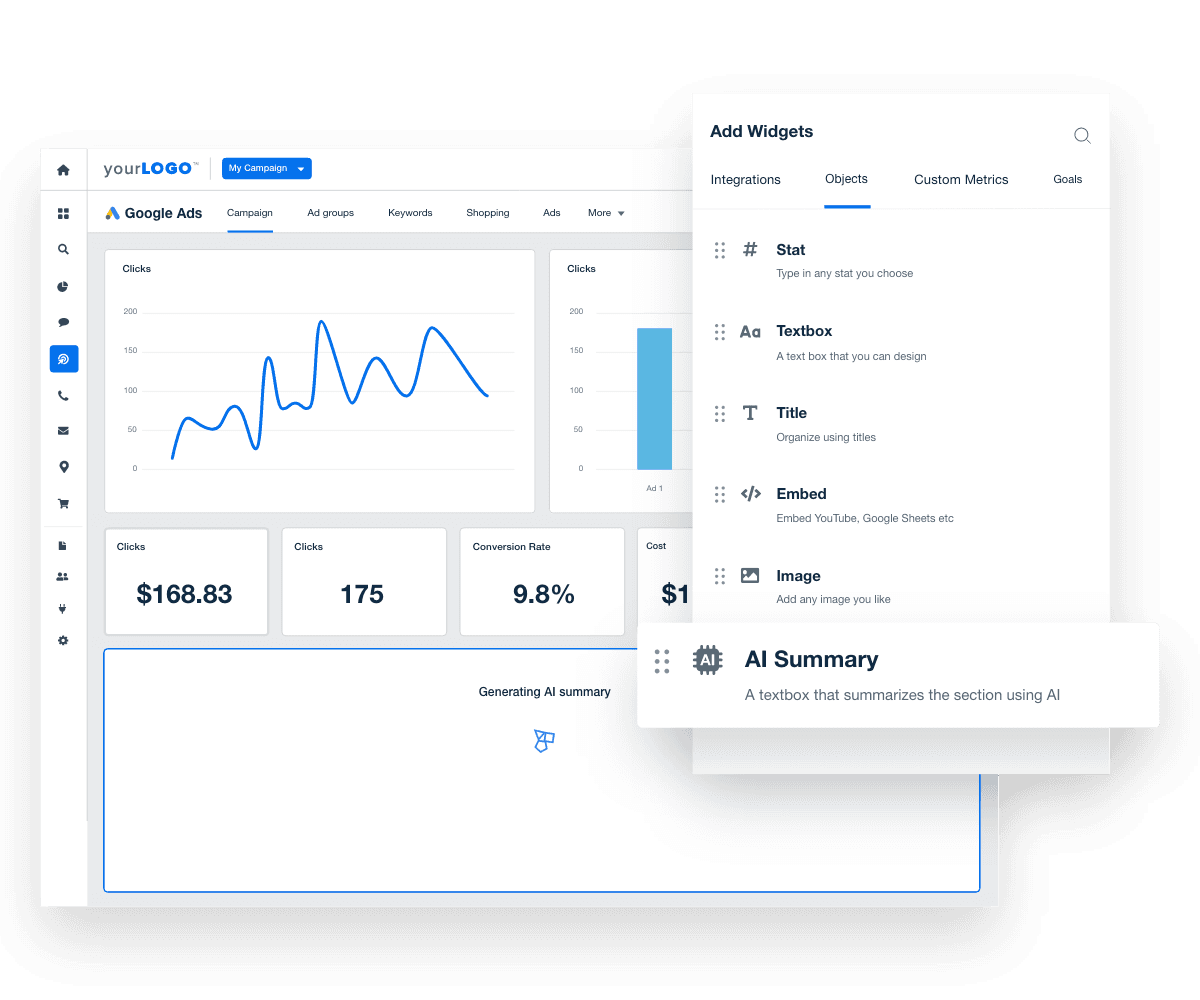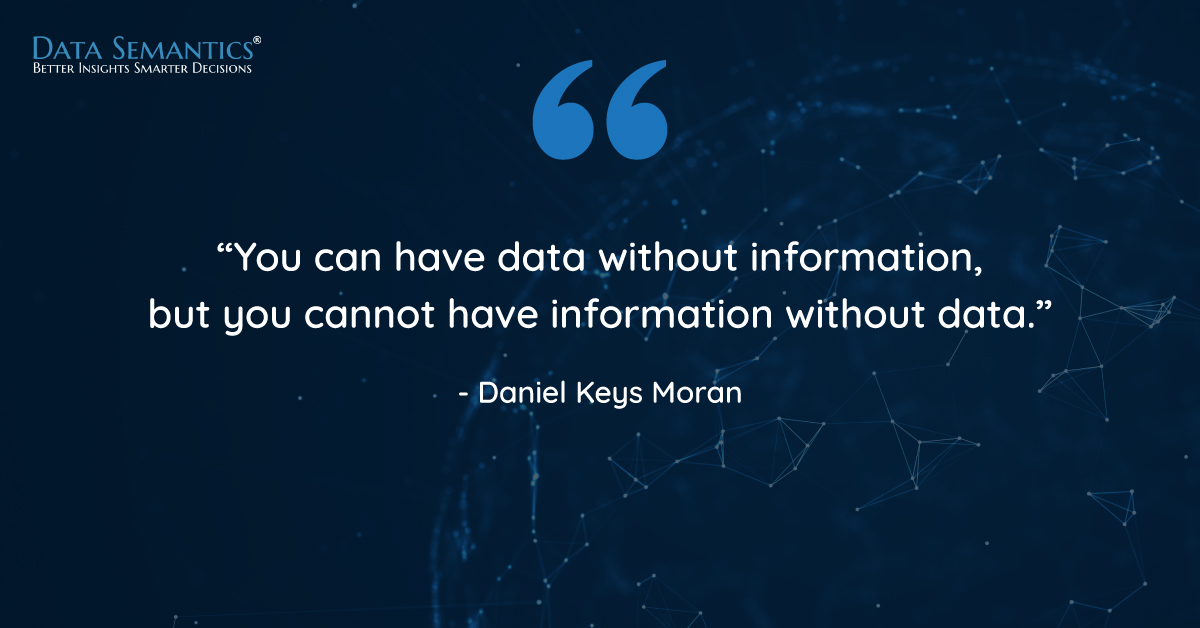In today’s digital landscape, capturing and retaining audience attention can be challenging. Long-form content such as in-depth articles and comprehensive videos provides valuable insights but often requires a significant investment of time and effort to create. Fortunately, AI technologies now allow you to quickly and efficiently convert long-form pieces into engaging short-form media that resonates with audiences across various platforms. This guide aims to help you leverage AI tools to streamline your content transformation process, ensuring your messaging remains consistent and your audience remains engaged.
Imagine crafting a series of compelling TikTok videos or Instagram Reels from a single blog post. This approach not only boosts your reach but also maintains the integrity of your original content. Throughout the following sections, you will learn about leading AI tools, best practices for maintaining content quality, and methods for integrating multimedia elements into your strategy—all aimed at enhancing your digital marketing efforts.
Unlocking the Potential of Your Long-Form Content
First, it's essential to recognize the value of long-form content. Comprehensive articles and videos establish authority in your niche by providing in-depth information. However, in an era where audiences lean towards quick consumption, short-form content is increasingly favored.
Short-form media includes formats like videos, tweets, and social media stories designed to convey information quickly. Research from HubSpot indicates that 54% of consumers prefer video content from brands they support. This highlights the necessity of adapting your content to meet audience preferences.
By utilizing AI, you can bridge the gap between detailed insights and audience engagement. Converting well-researched blogs or reports into engaging snippets allows you to reach a wider audience without expending the effort of starting from scratch. Regularly repurposing your content enhances engagement and helps you maintain a consistent brand message across platforms.
Visual comparison of long-form and short-form content highlights differences in format and engagement (Source: blog.emb.global)
Choosing the Right AI Tools for Content Transformation
When it comes to transforming long-form content into short-form media, several AI tools can assist in this process. Consider the following top contenders:
-
OpusClip: This AI tool excels at identifying engaging portions of lengthy videos, extracting clips suitable for platforms like TikTok and Instagram. Features include caption generation and video reframing for optimal viewer engagement.
-
SubMagic: This tool focuses on enhancing video clips, automatically generating captions and visual effects while offering a "Magic Clips" feature that pulls out shareable moments from your original content.
-
Klap: With the ability to automatically reframe videos and generate engaging captions, Klap helps your content gain traction on social media.
-
VEED Clips: Powered by Sieve AI, VEED Clips curates snippets and allows you to seamlessly incorporate brand assets, ensuring your short-form content remains recognizable.
-
Trimmr: Utilizing ChatGPT, Trimmr selects compelling segments from videos and provides an easy-to-use editing interface to add graphics.
Evaluate the features of these tools to select the right option based on your content type and platform focus. Each tool streamlines the transformation process while offering functionalities tailored to specific audience engagement strategies.
 Screenshot of an AI tool's dashboard designed for summarizing content and providing analytics (Source: agencyanalytics.com)
Screenshot of an AI tool's dashboard designed for summarizing content and providing analytics (Source: agencyanalytics.com)
Best Practices to Maintain Quality in AI-Driven Content
While AI offers many benefits for content transformation, maintaining the quality of AI-generated output is crucial. Here are several best practices to consider:
-
Prompt Engineering: Craft detailed prompts with clear instructions for the AI. Specify word counts and focus areas to ensure the AI generates relevant and concise summaries.
-
Human Validation: Include a review phase where a human assesses the AI-generated content. This step is essential for identifying inaccuracies or omissions.
-
Iterate and Refine: If the initial content produced by AI isn’t up to par, revise your prompts or adjust the parameters to achieve better quality.
-
Metadata Utilization: Incorporate metadata like keywords and abstracts to assist the AI in optimizing its outputs for better context.
-
Maintain Consistent Style: Establish guidelines for tone, style, and branding to create coherent summaries across different pieces of content.
These practices help establish a quality control framework for your content, ensuring that even when using AI technologies, your output remains valuable and reliable.
 Flowchart illustrating the AI content creation process and necessary quality management steps (Source: compliancequest.com)
Flowchart illustrating the AI content creation process and necessary quality management steps (Source: compliancequest.com)
Crafting Compelling Short-Form Content That Resonates
To create short-form content that effectively engages your audience, consider these strategies:
-
Focus on Storytelling: Use a narrative style to quickly capture attention. People connect with stories, so presenting your main points within a relatable narrative keeps viewers engaged.
-
Multimedia Integration: Enhance your storytelling experience by incorporating visuals, audio, and text elements. Using background music or animated graphics can significantly boost engagement levels.
-
Ensure Brand Consistency: Maintain your brand voice across all short-form content. This consistency reassures your audience of your authenticity and reliability.
Current trends indicate that platforms such as TikTok and Instagram increasingly favor content that tells a story. For instance, TikTok’s focus on interactive live streams caters to niche communities seeking authentic connections. By adapting your long-form content accordingly, you can create impactful short-form strategies.
 Infographic showcasing various short-form video content examples that effectively engage audiences (Source: vidico.com)
Infographic showcasing various short-form video content examples that effectively engage audiences (Source: vidico.com)
Seamless Integration of Video and Audio Elements
Incorporating multimedia elements effectively can significantly enhance your content marketing. Here are some benefits and practical tips:
-
Engagement Boost: Video and audio formats have been shown to increase audience interaction—viewers are often more inclined to watch an engaging video than read lengthy text.
-
AI Simplification: AI tools simplify the integration of multimedia elements. For instance, OpusClip can analyze long videos to extract key highlights, which can be shared as clips across social media.
-
Dynamic Content Creation: Create rich content by employing voiceovers, sound effects, or music to reinforce your message in videos.
Statistically, audiences show a strong preference for video content, often resulting in better retention and interaction rates compared to text-based formats. By leveraging AI tools, you can produce high-quality multimedia content with ease.
 Visual representation of how short-form audio and video content can be effectively integrated (Source: christophtrappe.com)
Visual representation of how short-form audio and video content can be effectively integrated (Source: christophtrappe.com)
Measuring Success: Tracking the ROI of AI-Transformed Content
After implementing your AI tools and transforming your content, it’s crucial to track your success. To measure the effectiveness and ROI of AI-transformed content, consider these strategies:
-
Engagement Metrics: Monitor metrics like time on page, scroll depth, and bounce rate to evaluate how audiences interact with your AI-driven content.
-
Conversion Tracking: Analyze how AI-transformed content impacts conversion rates. Establish exactly how AI usage correlates with increased sales or sign-ups to demonstrate ROI.
-
Performance Evaluation: Utilize A/B testing to compare AI-transformed content against traditional formats. This will clarify the effectiveness of your new approach.
AI-driven content has been shown to improve engagement rates. For instance, studies have indicated that companies experienced conversion increases of up to 41% by utilizing AI-generated marketing materials.
Chart representing engagement metrics and performance before and after AI content transformation (Source: Googleusercontent.com)
Navigating Ethical Considerations in AI Content Creation
As you explore the world of AI-driven content creation, it's vital to keep ethical considerations in mind. Here are essential points to consider:
-
Bias Awareness: AI tools have the potential to perpetuate biases found in their training data, which can result in discriminatory outcomes in your content.
-
Transparency Needs: To foster trust, always disclose when content is AI-generated and clarify how AI contributes to the production.
-
Intellectual Property: Navigating copyright issues is essential, as ownership of AI-produced content can be complex. Understand your rights regarding generated content to protect your brand.
Staying informed about these ethical challenges is critical for anyone utilizing AI in content creation. Adhering to industry standards safeguards not only your brand but also the interests of your audience.
 Infographic summarizing key ethical considerations for using AI in content creation (Source: Infotrends)
Infographic summarizing key ethical considerations for using AI in content creation (Source: Infotrends)
Future-Proof Your Content Strategy with AI
In contemplating the evolution of your content strategies, it’s essential to recognize the benefits that AI tools can bring. They not only facilitate content creation but also ensure that your efforts to engage your target audience are both effective and streamlined.
As you move forward, consider these actionable steps:
-
Adopt AI Tools: Integrate AI technologies into your workflows to maintain a competitive edge in an ever-evolving landscape.
-
Stay Informed: Keep an eye on trends in the AI space and assess how they align with your marketing objectives.
-
Embrace Innovation: Always seek innovative solutions that incorporate feedback from performance metrics to optimize your approach continually.
Ultimately, as AI continues to shape the content landscape, remaining adaptable and open to new possibilities will be your best strategy for enduring success.
 An inspirational quote graphic about the inevitability of artificial intelligence in future content strategies (Source: datasemantics.co)
An inspirational quote graphic about the inevitability of artificial intelligence in future content strategies (Source: datasemantics.co)
By effectively leveraging AI and maintaining a commitment to quality and ethical considerations, you can develop a versatile and powerful content strategy that evolves with your audience's needs. This empowers you to foster deeper connections and greater engagement with your followers.

கருத்துக்கள் (0)
உள்நுழைக சர்ச்சையில் பங்கேற்க அல்லது .